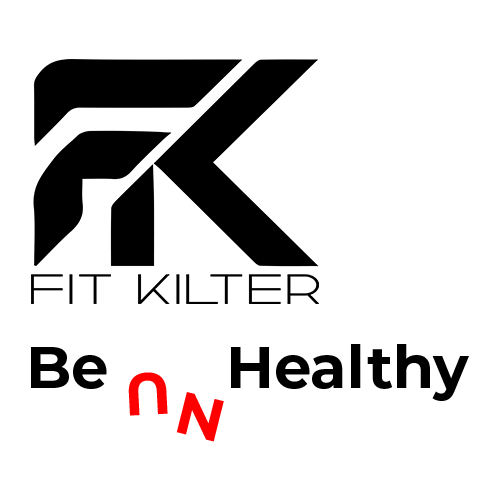Sit-ups, a classic exercise that’s stood the test of time, have long been a symbol of core strength and fitness. Whether you’re a fitness enthusiast or just looking to enhance your core stability, sit-ups are a fundamental exercise that can help you achieve your goals. In this blog, we’ll explore the power of sit-ups, their benefits, proper form, and some creative variations to keep your core workouts engaging.
The Core of the Matter
The core is the center of your body’s strength and stability. It encompasses the muscles in your abdomen, lower back, and pelvis. A strong core is essential for various activities, from everyday movements to athletic performance. Sit-ups primarily target the abdominal muscles, making them a vital exercise for core development.
Benefits of Sit-Ups
- Core Strength: Sit-ups engage the rectus abdominis, the muscle responsible for the “six-pack” appearance. A strong rectus abdominis helps stabilize the spine and pelvis.
- Improved Posture: A stronger core helps you maintain better posture, reducing the risk of back pain and injuries.
- Better Balance: A strong core is vital for balance and stability in various activities, from walking and running to more complex movements.
- Functional Fitness: Core strength is essential for everyday activities like bending, lifting, and twisting. Sit-ups help build the strength required for these movements.
Proper Sit-Up Form
Performing sit-ups with proper form is crucial to avoid strain and maximize their effectiveness:
- Starting Position: Lie on your back with your knees bent and feet flat on the floor. You can place your hands behind your head or crossed over your chest.
- Engage Your Core: Before you begin the movement, engage your core muscles by drawing your navel toward your spine.
- Lift Your Torso: Exhale as you lift your upper body off the floor. Your lower back should remain in contact with the ground.
- Full Extension: Continue to lift your torso until you’re sitting up, with your back straight. Avoid rounding your spine.
- Lower with Control: Inhale as you lower your torso back to the starting position with control, ensuring your lower back stays on the ground.
Variations to Keep Things Exciting
While traditional sit-ups are effective, incorporating variations into your routine can keep your core workouts exciting:
- Bicycle Crunches: Lie on your back, lift your shoulders off the ground, and perform a cycling motion with your legs and elbows.
- Russian Twists: Sit on the ground with your knees bent and feet flat. Lean back slightly, lift your feet, and twist your torso from side to side while holding a weight or a ball.
- Leg Raises: Lie on your back with your hands under your hips. Lift your legs off the ground, keeping them straight, and lower them without letting them touch the floor.
- Planks: While not a sit-up variation, planks are excellent for core strength. Hold a push-up position with your arms straight or on your forearms.
Cautions and Considerations
While sit-ups are a fantastic exercise, they may not be suitable for everyone, particularly individuals with lower back issues. If you have a history of back problems, consult a fitness professional or healthcare provider for alternative core exercises.
Incorporating sit-ups into your fitness routine can help you build a strong core, enhance your posture, and improve functional fitness. Whether you’re a seasoned fitness enthusiast or just starting your fitness journey, sit-ups offer a time-tested way to boost your core strength and overall well-being. So, go ahead, give sit-ups a try, and strengthen your core for a healthier life.













